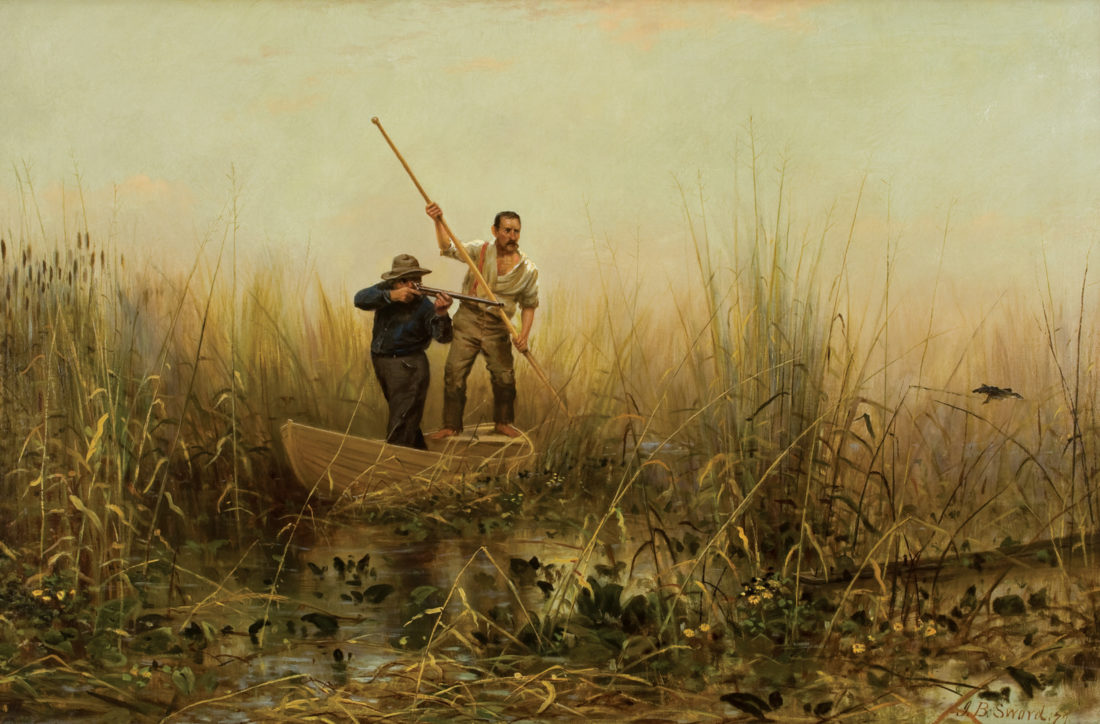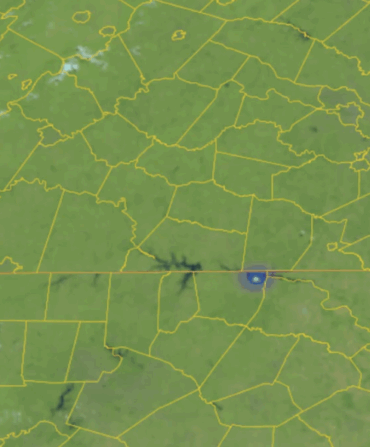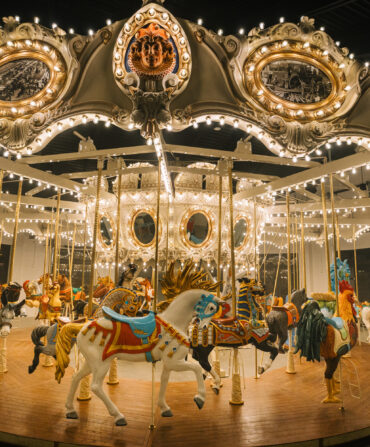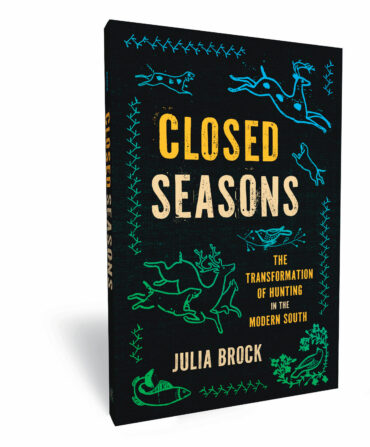In his 2003 memoir, Horse People, the book editor and author Michael Korda called Middleburg, Virginia, “perhaps the horsiest place in America.” A hamlet of only six hundred or so residents, the bucolic haven just forty miles from Washington, D.C., has long capitalized on its equestrian cachet, holding its own with the likes of Lexington (Kentucky), Aiken (South Carolina), and Palm Beach.
Now Middleburg is raising its profile in art circles as well. Since its founding in 1954, the town’s National Sporting Library has accumulated a 17,000-volume mother lode of rare books and other documents centered around horse and field sports, boasting such gems as a 1653 first edition of Izaak Walton’s The Compleat Angler and a 1743 pamphlet entitled Business and Diversion Inoffensive to God, which originated as a sermon and argues in favor of fishing on Sunday. Appending the phrase “and Museum” to its name, the facility has broadened its focus to include paintings, sculpture, and other artifacts of the sporting life. The new art museum—housed in a renovated 1804 Federal manor house built of handmade bricks—opened this fall with a cleverly conceived exhibit called Afield in America: 400 Years of Animal and Sporting Art, 1585–1985. It includes about 150 works, most of them on loan from other museums and private collectors.
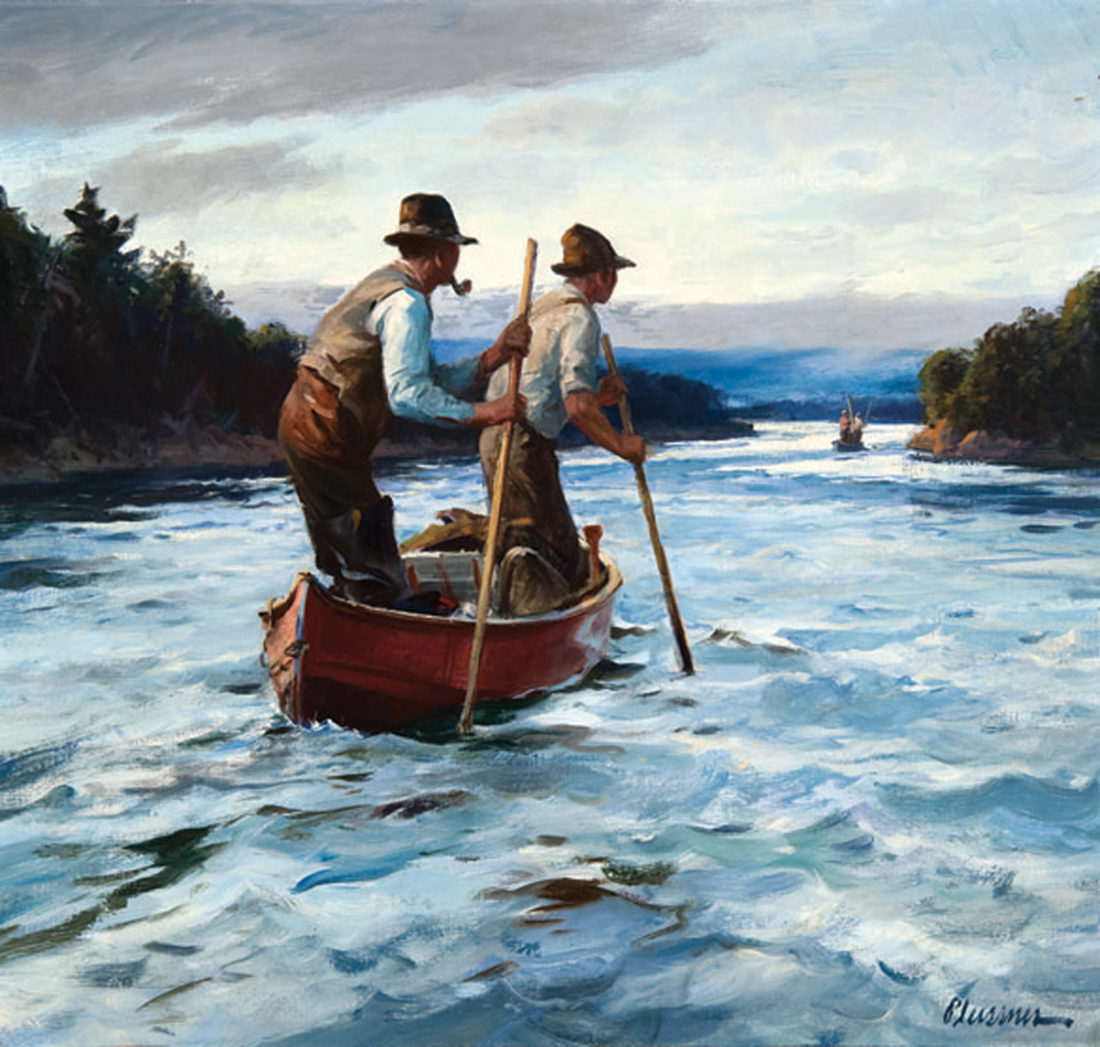
Evening on the River, Ogden Minton Pleissner (after 1938).
“It’s unusual to have this many good things in one place at one time in a new museum,” says F. Turner Reuter, Jr., the curator of the exhibit, which remains on view through January 14. “It’s designed to raise awareness of the importance of animal and sporting art as a reflection of American history and cultural life.”
The show is sorted into a dozen categories, ranging from artist-naturalists and explorers to still life and trompe l’oeil. A Winslow Homer painting shows a boy in a boat netting a trout caught on a fly rod. Another piece depicts Teddy Roosevelt shooting sage grouse out west. Lest anyone accuse the museum of taking itself too seriously, the pets gallery includes two paintings of, yes, dogs playing poker. “There’s a lot of eye candy here,” Reuter says. “This is going to be fun to look at.”
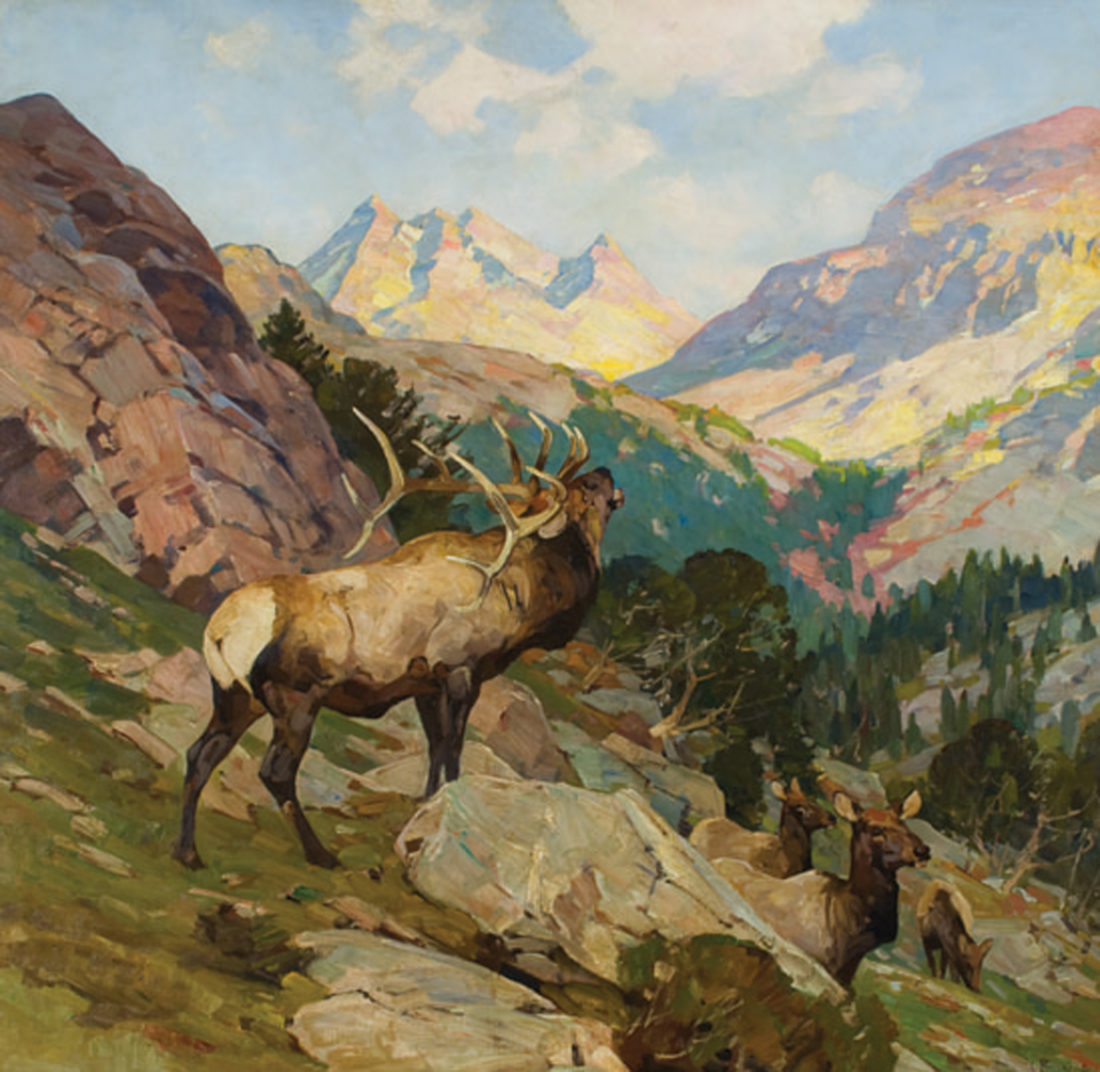
Bugling Elk and Hind, Carl Clemens Mortiz Rungius (circa 1945).
In the museum’s permanent collection, which moves into the new gallery spaces once Afield in America concludes, horses and hounds take center stage. There are works by Sir Alfred J. Munnings, an Englishman regarded as a twentieth-century master of equestrian painting. Outside, a touching bronze statue of a spent-looking steed honors the horses and mules that lost their lives in the Civil War, a mind-boggling million and a half of them. Dogs also get their due, as in an inviting group portrait of foxhounds and a Jack Russell terrier painted in 1878 by John Emms. “We’re trying to show everybody that this type of art can be just as significant as any other kind,” Reuter says. “It’s not second-tier subject matter.”


